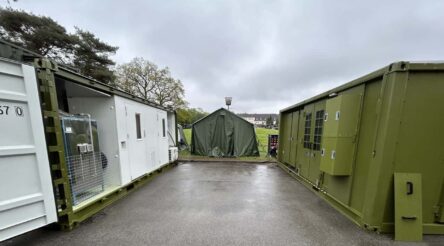New study looks at the whys of wasted meat

A new RMIT University-led study on food waste presents an opportunity to design and manufacture better cold storage solutions, according to one of its authors.
The research – supported by Fight Food Waste Cooperative Research Centre and Meat and Livestock Australia – was published by MLA and titled “Practices of meat consumption and cold storage in Australian households: Consumer fridge behaviour and waste reduction of red meat”.
It found “inconsistent fridge temperatures and confusing cold storage advice” could be contributing to the estimated 140,000 tonnes of meat wasted by Australian households annually, according to a statement from RMIT on Tuesday.
Project lead and RMIT Research Fellow, Dr Bhavna Middha, said the findings were relevant to Australians trying to address cost of living issues through grocery purchases.
“When food is too warm, bacteria multiply too fast. When food is too cold, it can freeze or get freezer burn. Both conditions lead to food spoiling,” said Middha, from RMIT’s School of Global, Urban and Social Studies.
“Our research [also] found fridges and freezers were too deep, and lacked useful shelving to give the user visibility of what was being stored, which can lead to food being forgotten.”
Middha said there was an opportunity for fridge designers and manufacturers to design and manufacture cold storage with better shelving and visibility, though the waste reduction responsibility needed to be shared by policy makers, product designers, manufacturers, retailers and consumers.
Among issues identified were 17 per cent of fridges monitored being outside the recommended range of 1 to 7 degrees Celsius, and inconsistent temperatures across shelves, ranging from -1.1 degrees Celsius to 10 degrees Celsius.
Other problems included confusing advice and a pressure to over-cater at events as contributing to wastage.
The study combined in-depth interviews and observations in 20 households during warmer and cooler seasons, and monitored fridge and freezer temperatures in 56 households.
Picture: Credit W.carter/Wikimedia
@aumanufacturing Sections
Analysis and Commentary Awards Defence Manufacturing News Podcast Technology Videos









